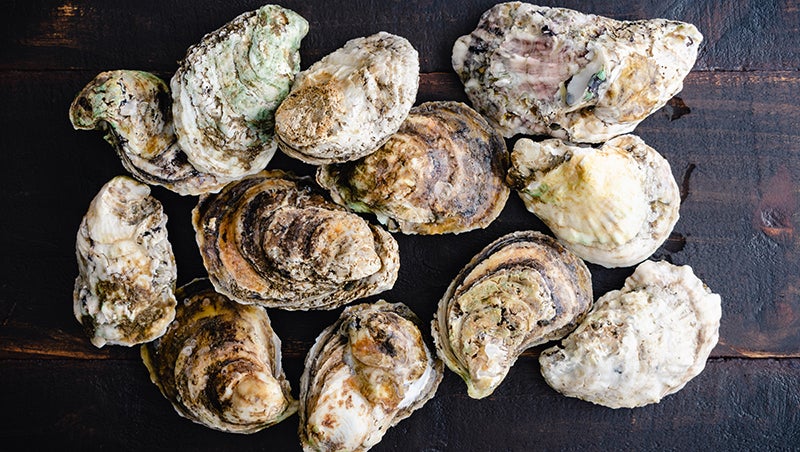Rules for commercial oyster harvesting
Published 8:35 am Thursday, April 13, 2023
|
Getting your Trinity Audio player ready...
|
On April 1, 2023, North Carolina Marine Fisheries reestablished the National Shellfish Sanitation Program requirement mandating measures to control the temperature of oysters after harvest, and established other sanitation requirements for shellfish harvesters, shellfish lease and franchise holders and certified shellfish dealers.
Proclamation SS-2-2023 is effective from April 1 through Oct. 14.
Tagging requirements include an off-site tag if oysters are greater than 25 mm in length off-site of a shellfish lease or franchise. The proclamation lists the information required on the tag and a description of the tag including size and durability.
Transport and storage restrictions: Oysters from shellfish leases or franchises must be delivered to a licensed shellfish dealer or to a dealer’s license and permitted facility within 12 hours of the time of the start of the harvest from April 1 through April 30. If over the time, the dealer can’t accept.
From May 1 through Oct. 14, the delivery time is five hours from the start of harvest and must be refrigerated by the dealer within that five five hours.
From April 1 through April 30, oysters must be refrigerated within two hours of receipt.
To return oysters to the water, a licensed shellfish dealer must have a wet storage permit and a certification by Shellfish Sanitation.
Re-submergence requirement: From May 1 through Oct. 14, oysters greater than 25 mm in length and exposed to air for more than five hours must be re-submerged on the original shellfish lease or franchise prior to subsequent harvest.
“Oysters greater than seed size (25 mm in length) must be re-submerged for a minimum of 21 consecutive days when they are moved from a shellfish lease or franchise in one growing area to
another shellfish lease or franchise in a different growing area. Wet storage permit holders are exempt from this requirement.”
Records must be kept and oysters tagged as appropriate.
Shading requirements: From May 1 through Oct. 14, oysters must be protected from sun exposure during harvesting, storage and transport to a certified shellfish dealer by providing shading, which must be provided every harvest day.
Sanitation requirements: Shell stock cannot come in contact with bilge water, standing water or other sources of contamination in the vessel or vehicle; dogs or other animals are not allowed on vessels or vehicles; and human waste cannot be discharged overboard of a harvest vessel.
Shellfish dealers are required to provide employees with training in food hygiene, food safety and importance of employee health and personal hygiene. Training must occur within 30 days of initial hiring.
SUBSCRIBE TO THE COASTLAND TIMES TODAY!







